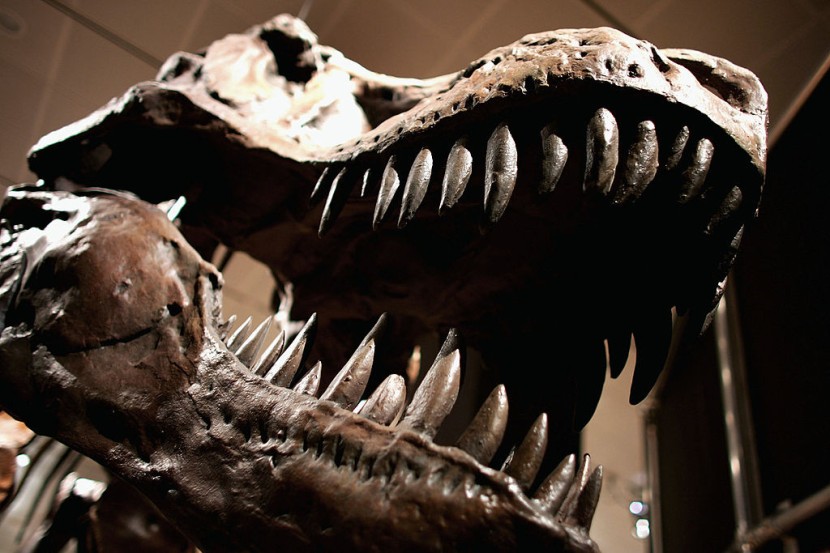
The discovery of weird bramble snout fossils from a Welsh quarry shows fossils older than the dinosaurs.
Weird Bramble Snout Fossils Discovered
Strange soft-bodied creatures trundled through the ocean's depths surrounding what became Wales approximately 460 million years ago, reported Live Science.
They pushed themselves with rippling, rounded wings, which waved over sets of stumpy legs and poked and prodded the water with spike-studded snouts.
Researchers recently found two fossilized organisms of such antiquated and strange organisms, characterizing one of them as a unique species.
The fossil evidence, which was excavated from a Welsh quarry on private land, provides this uncommonly well-preserved peek at these wee oddballs and focuses on explaining the faded-away world that they populated during the Ordovician period (485.4 million to 443.8 million years ago).
In certain ways, the newly acquired fossils represent an animal group called opabiniids, a species that surfaced upwards of half a billion years ago during the Cambrian period, when an unprecedented complexity of life erupted over 20 million years (a comparatively short span of geological timescales).
Now, researchers are still determining if the newly characterized organisms are opabiniids or unconnected lookalikes like the weird bramble snout fossils seen in a Welsh quarry.
Recently discovered fossils resemble an animal genus known as the opabiniids in some ways. This animal group first appeared more than 500 million years ago during the Cambrian explosion, when an unmatched diversity of life suddenly appeared over a 20-million-year period, a relatively brief span of geologic time.
Newly described life forms may be unrelated lookalikes or opabiniids, but scientists are currently unsure.
Fossils More Ancient Than Dinosaurs
Science writer and evolutionary biologist Stephen Jay Gould called opabiniids weird wonders in his book Wonderful Life, noted Achievement Org: "The Burgess Shale and the Nature of History," and the newly defined organisms fit that bill. However, it is approximately 40 million years younger than the opabiniids.
More like forebears, the newbie, dubbed Mieridduryn bonniae, has such a long trunk. The genus nickname came from the Welsh words for bramble and snout, mentioning the thorny spines that covered its hoselike nose, while the genus comes from Bonnie, the niece of said quarry owners.
A vibrantly colored and delightful restoration by illustrator Franz Anthony brought M. bonniae to life; He imagined the critter as a flappy, relatively small alien shrimp worm whizzing through the Ordovician Sea, he says in a post on Twitter.
M. bonniae was estimated to be just 0.5 inches (13 millimeters) long, as well as left intact traces of its gut hinted that mouth opening faced reverse, scientists noted on Nov. 15 in the journal Nature Communications.
It seemed to have no eyes, and underneath its body flaps were squishy, triangle legs with ringlike segments, another characteristic connected to opabiniids.
The smaller specimen would be 0.1 inches (3 mm) long and likewise does have a proboscis, but unlike M. bonniae, it has a fanlike tail. Even so, tails are also discovered in opabiniids, and corrugations along this individual's back are comparable to other opabiniid species, said senior study author Joanna Wolfe.
She added that it might be an opabiniid; alternatively, it might be something between a radiodont and an opabiniid. The weird bramble snout fossils called Mieridduryn bonniae, which lived 460 million years ago, were discovered in a Welsh quarry that is even older than dinosaurs.
© 2025 HNGN, All rights reserved. Do not reproduce without permission.








